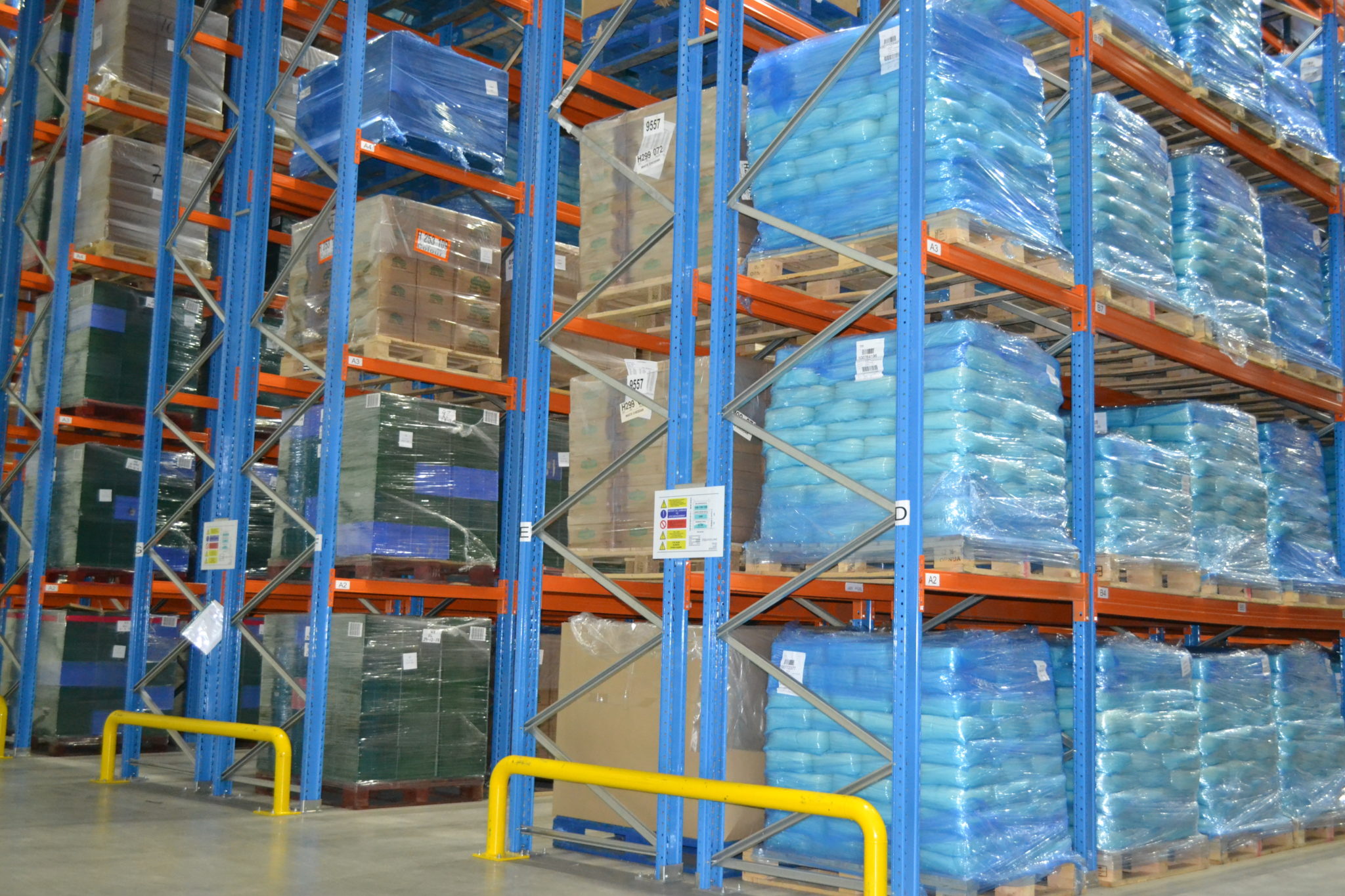What is the difference between air-conditioned storage and warehouse storage? This question is often asked by customers who are not sure what they need to store their items. To clear up confusion, we’ll explain what each type of storage should contain.
Household items do not require air-conditioned storage. This type of storage is humidity controlled, temperature controlled to some extent and usually in high security. It only really makes sense if you’re storing an art collection, antique furniture, wine cabinet, or similar. This storage space is suitable for very delicate items. It is recommended that household items be stored in the warehouse as normal.A warehouse is a heated and ventilated facility. These are two components that are important for household goods. So, the next time you hear the term climate controlled storage, consider whether it is really climate controlled storage and whether you really need it to store the goods you are storing.
Cold storage requires logistics facilities adapted to the stringent requirements of the industry. The storage room is built with sandwich panels and equipped with refrigeration equipment to ensure proper temperature control: compressor, condenser, expansion valve and evaporator. Additionally, refrigerated racks should be structures designed to operate in cold environments, usually made of stainless steel.
Now that you know the difference between a temperature warehouse and an air-conditioned warehouse, it’s a good idea to understand your requirements and what’s best for your cargo before entering the warehouse. Inquiries about health, safety, maintenance, etc. are also necessary.
We at Edwards transport provide temperature-controlled warehouses controlled by artificial intelligence, monitoring the temperature every 15 minutes and immediately alerting us if the temperature is above or below the required range. Learn more here.

